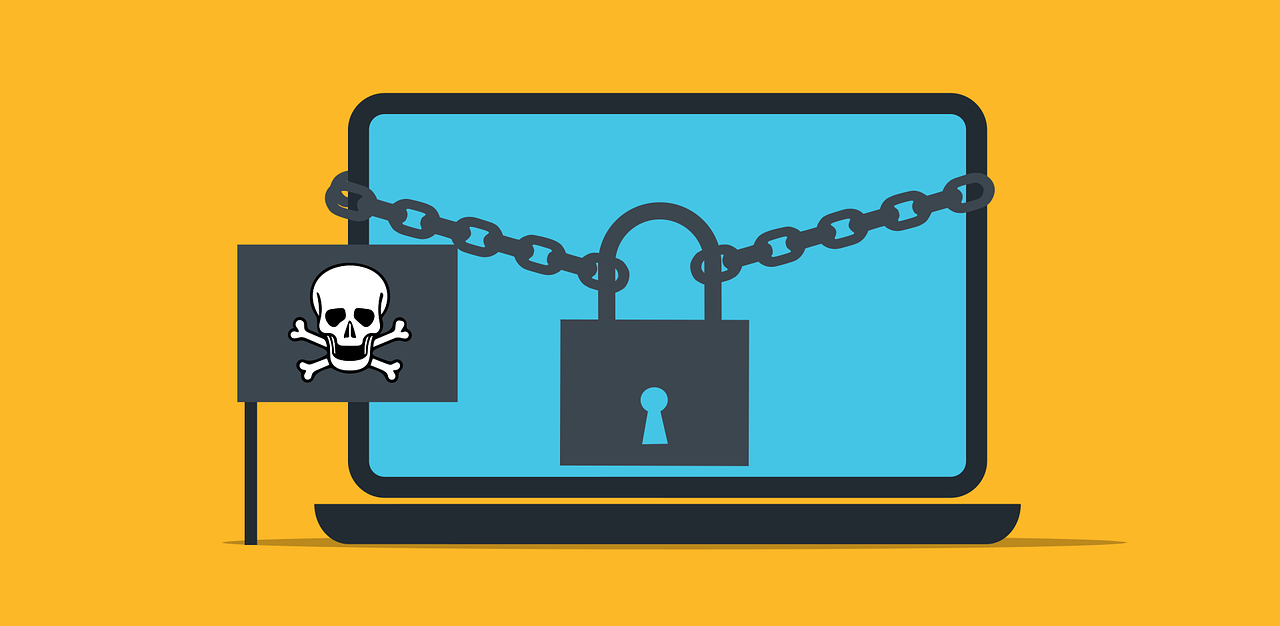Prevent Ransomware Attacks and Keep Your Data Safe
In today’s digital age, the importance of protecting your business against ransomware attacks cannot be overstated. This article discusses the various types of ransomware, the impact on organizations, and how to protect from ransomware attacks.
Understanding Ransomware and Its Impact
What is ransomware?
Ransomware is a type of malware that encrypts a victim’s data, making it inaccessible until a ransom is paid to the attacker. Cybercriminals use various techniques to gain access to an organization’s network, such as exploiting vulnerabilities in software and operating systems, phishing attacks, and malicious attachments. Ransomware can also be spread to multiple devices and servers, exacerbating the potential harm inflicted on the organization.
Types of ransomware
There are numerous types of ransomware, including WannaCry, Petya, and Locky. Each type employs different tactics to exploit, encrypt, and demand ransoms from victims. These variants are continually evolving, making it crucial for organizations to stay informed about the latest threats and solutions to protect their businesses.
The impact of a ransomware attack on your organization
Ransomware attacks can have severe consequences for any organization. The potential financial losses are significant, and the ripple effects can include reputational harm, downtime, and loss of valuable data. Operations may be disrupted as key resources become unavailable, and the organization’s network is likely to be compromised during the cleanup and recovery process. It is essential to understand the dangers of ransomware and take preventative measures to minimize your attack surface.
How to Protect From Ransomware attacks
Protecting endpoints from ransomware infections
Endpoint protection is crucial for ransomware prevention. Implementing comprehensive security tools such as antivirus programs, firewalls, and intrusion detection systems can help protect endpoints from malware, ransomware infections, and other threats. Additionally, limiting user permissions and conducting regular security training sessions for employees can reduce the risk of social engineering attacks and malicious attachments being opened.
Cybersecurity best practices for ransomware prevention
Ransomware prevention begins with implementing good cybersecurity hygiene within your organization. Regular patch management, ensuring software and operating systems are up-to-date, and deploying strong and unique passwords across all user accounts are essential practices. Furthermore, maintaining a robust email filtering and monitoring system can help prevent phishing attacks and malicious attachments from reaching your network.
Keeping software and operating systems up-to-date
Regularly updating software and operating systems is essential to prevent attackers from exploiting known vulnerabilities. Employ a system management tool to ensure applications and operating systems are kept current and closely monitor vendor notifications for potential security issues.
Backup Strategies to Limit the Impact of Ransomware Attacks
Importance of regular data backups
Regularly backing up your organization’s data is a vital step in ransomware protection. Backups allow you to restore your system in case of a ransomware attack, ensuring business continuity and data recovery. By keeping multiple backup copies stored securely, both on-site and off-site, you can limit the impact of an attack and significantly reduce the downtime and financial losses associated with ransomware.
Backup options for various types of organizations
Different organizations require diverse backup strategies based on their unique needs. Options include hardware-based backup solutions such as external hard drives, tape drives, and network-attached storage, as well as cloud-based services. Hybrid solutions that combine both cloud and hardware storage provide additional layers of redundancy and resilience, reducing the risk of ransomware affecting your backups.
Testing and restoring from backups
Testing your backup systems regularly is essential to ensure data can be restored effectively when needed. Conduct periodic test restores to verify the integrity of your backups and confirm your ability to recover from a ransomware attack without resorting to paying the ransom.
Detecting and Responding to Ransomware Infections
You may follow below guide to protect from ransomware attacks either in on enterprise level or to personal devices.
How to detect a ransomware infection
Detecting a ransomware attack promptly can limit its impact on your organization. Employing real-time monitoring and threat protection solutions to identify signs of ransomware infection is crucial. Symptoms may include unauthorized encryption activities, unusual network traffic, and alerts from security tools. Prompt detection allows you to respond effectively and mitigate the extent of the damage.
Incident response plan for ransomware attacks
Developing a well-defined incident response plan is essential in managing ransomware attacks. This plan should outline the roles and responsibilities of team members, establish clear communication lines, and provide guidance on assessing, containing, and recovering from the incident. Having a rehearsed incident response plan can greatly reduce the impact of a ransomware attack on your business.
Remediation and recovery strategies
Following a ransomware attack, remediation efforts should focus on isolating affected systems, removing the infection, and restoring systems from backups. This process involves identifying the ransomware variant, assessing the extent of the damage, and ensuring appropriate security measures are in place to prevent future incidents. Recovery strategies should prioritize restoring critical systems and data to return to normal business operations as soon as possible.
Deciding Whether to Pay the Ransom or Not
Factors to consider before paying the ransom
Organizations affected by ransomware must carefully weigh the decision to pay the ransom or attempt to recover without succumbing to the attackers’ demands. Consider factors such as the value of encrypted data, the cost of downtime, and the availability of backups. It is important to understand that paying the ransom does not guarantee the safe return of your data or prevent future attacks.
Risks and consequences of paying the ransom
Paying the ransom carries significant risks. There is no guarantee the attacker will provide a working decryption key, and paying the ransom may encourage further attacks on your organization. Additionally, complying with the attacker’s demands may fund future criminal activity and violate legal or regulatory obligations.
Read also: Which types of malware only reside in RAM
Alternatives to paying the ransom
In many cases, organizations can recover from a ransomware attack without paying the ransom. Leveraging secure data backups, enlisting the help of cybersecurity professionals, and using decryption tools provided by the security community can often provide a pathway to recovery. In some instances, law enforcement agencies may also be able to offer assistance or guidance.
IT Security / Cyber Security Experts.
Technology Enthusiasm.
Love to read, test and write about IT, Cyber Security and Technology.
The Geek coming from the things I love and how I look.

